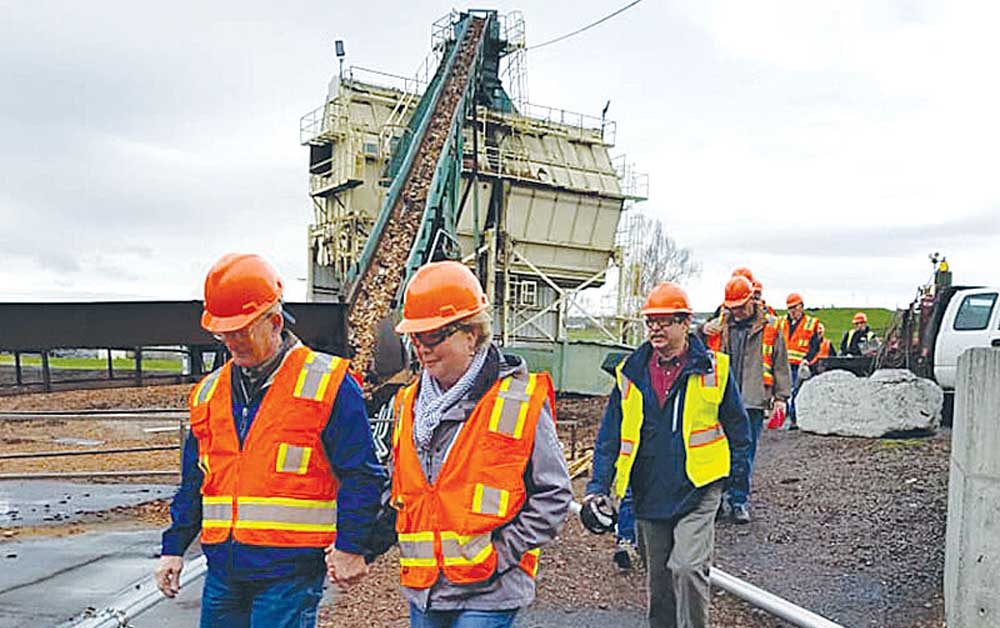On-farm FDA inspections prove time-consuming in Oregon
Published 12:00 pm Wednesday, August 14, 2019

- Inspections by the FDA of fresh produce farmers in Oregon are taking up to two days to complete.
SALEM — Federal regulators appear to be taking longer to complete on-farm inspections in Oregon under the Food Safety Modernization Act than state inspectors elsewhere in the U.S.
Inspections conducted by the U.S. Food and Drug Administration in Oregon require up to two days per fresh produce grower, while the time is typically shorter where that duty is delegated to state inspectors, said Susanna Pearlstein, produce safety program manager for the Oregon Department of Agriculture.
The time needed for inspections could be a significant impact for growers who must devote staff to the process who would otherwise be driving tractors or performing other duties, she said.
While Congress overhauled the nation’s food safety system with the passage of FSMA in 2011, routine inspections of farms didn’t begin until this year. Federal authorities spent several years enacting rules for the program.
The task of conducting on-farm inspections was delegated to state regulators in many cases, but the Oregon Department of Agriculture is focusing on outreach and education while leaving FSMA inspections to FDA employees.
“It’s big and it’s complicated and it’s new,” said Pearlstein. “We’re here if people have questions.”
An FDA inspector in Oregon referred questions to a representative at the agency’s headquarters in Washington, D.C., who did not respond to calls for comment.
During this first year of routine inspections, the FDA is targeting growers with more than $500,000 in annual sales of fresh produce, but next year the agency plans to inspect operations with revenues of $250,000 to $500,000.
From the observations of ODA staff, there seems to be an opportunity to provide growers with more information on such subjects as cross-contamination of equipment, Pearlstein said. “We’re seeing a lot of emphasis on educational materials that are essentially needed for operations.”
The ODA has a program to help farmers prepare for FDA inspections with on-farm readiness reviews. The agency has conducted about 50 this year, she said.
The agency plans to update its materials based on its observations of the FDA process, Pearlstein said. “We’re all learning together.”
The FDA’s inspection was “intensive,” “time consuming” and “disruptive,” though the agency does seem open to making practical adjustments, said a farmer whose operation was inspected this year and didn’t want to be named.
“The tone is, ‘Let’s try to work things out,’ rather than the ‘put the screws to you’ tone,” the farmer said.
Some of the inspector’s expectations, such as bundles of produce immediately being placed in boxes instead of first laying in windrows, are unrealistic, the farmer said.
With Oregon produce farmers competing with those in Mexico who pay much lower wages, they must take labor-saving steps.
“We have to be very efficient in how we do things,” the farmer said.






